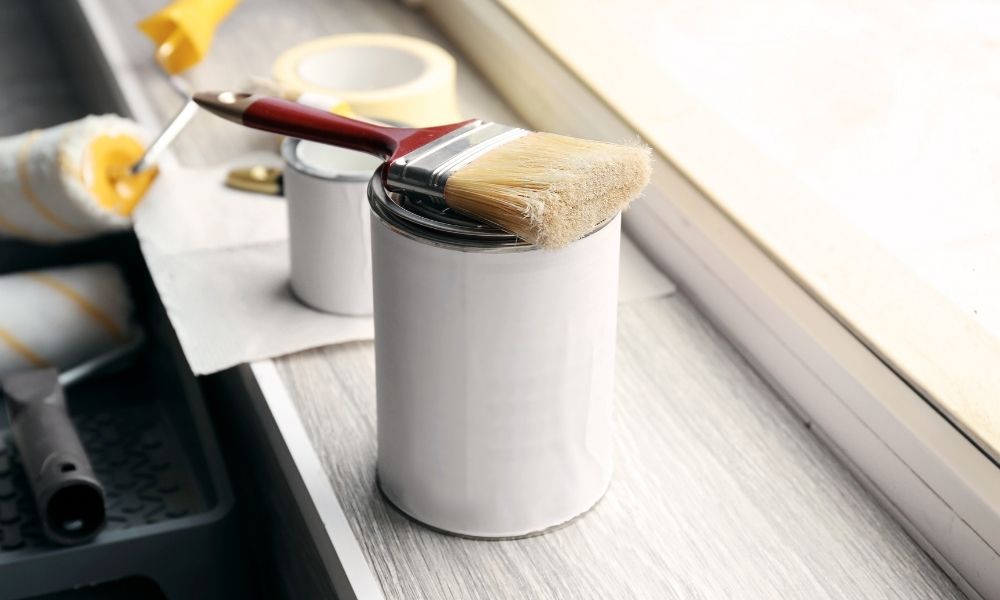
Stain and paint are two options you have when refinishing wood furniture. While they both create beautiful finishes, they are two very different options. You want to make sure you choose the right choice for your project before you begin. Read this article to learn more about the differences between stain and paint.
Options
One major difference between stain and paint are the options you have in choosing a color or texture. Stains typically come in natural wood shades. While many options have been added to stain colors, bright hues are typically unavailable. They also don’t come in different sheens. Paint, on the other hand, has a limitless range of colors to choose from. It also offers a variety of texture and sheens, including glossy, semi-gloss, matte, satin, and flat.
Durability
If you’re looking for something that will last, durability may be another factor that will help you decide between paint and stain. Both options are durable. However, there are different factors that affect how long your paint or stain will last. For example, if you do not treat it with a sealant or topcoat, stains may begin to change over time, even if the majority of their time is spent indoors. Paint, on the other hand, has the possibility of chipping or flaking off.
Labor
The labor required between paint and stain is also significantly different. Paint requires you to apply a primer to achieve the best look possible. Stain, on the other hand, does not require primer. Paint also requires more layers than stain. However, depending on the type of wood you’re finishing and its absorbency, you may still require quite an extra layer of stain to achieve your desired look.
Other Key Differences
- Paint sits on top of wood; stain soaks into the wood.
- Paint is thick; stain is thin.
- Paint covers the wood; stain preserves the natural look of the wood.
Whether you’re working on a farmhouse style kitchen island or any other project, knowing the differences between stain and paint will allow you to get the look you desire.
